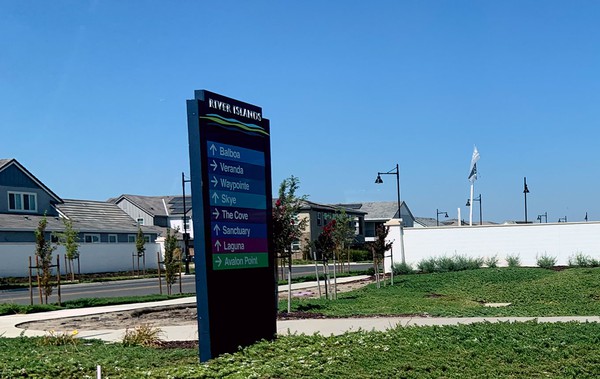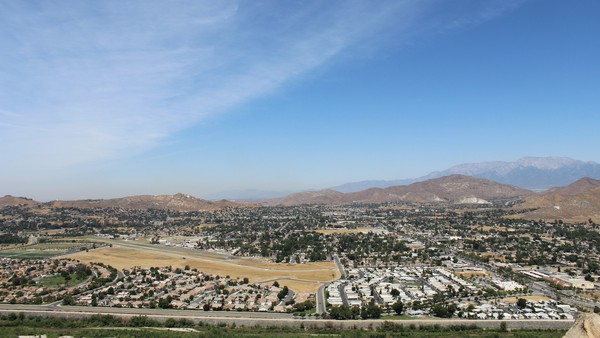Earlier this summer, news began to spread about a mysterious group snapping up farmland southwest of Sacramento in Solano County the way Larry Ellison accumulates beachfront property. Because of the land’s proximity to Travis Air Force Base, hackles were raised over potential threats to national security posed by the entity—Delaware-based Flannery Associates.
| View in Browser |


By Sharan Street
Published Sep 05, 2023

Exurban Sprawl
A Cunning Plan
Turns out the goal was more prosaic: making money. This group of Silicon Valley investors wants to transform more than 50,000 rural acres into a megacity—“a kind of urban blank slate where everything from design to construction methods and new forms of governance could be rethought.”
In other words, a planned community—something not unfamiliar in the state of California. Reporter Jonathan Vankin digs into the history of planned communities, from Lakewood’s postwar suburb to the Walt Disney Company’s “Storyliving” master-planned communities, the first of which will be built within the city limits of Rancho Mirage.
Tech Titans Revealed as Buyers of $1 Billion of Land in Solano County
Solano County Planned City Latest in a California Tradition
City or CSD?
Whatever “new forms of governance” might be devised, Flannery Associates’ megacity will be fueled by the same economics that power growth east of the Bay Area: Silicon Valley migrants looking to stretch their housing dollars.
To see on a small scale what it’s like to build a city from scratch, look no further than Lathrop. The San Joaquin County municipality came into being in 1989, with plans that included a large resort/theme park. In 2001, when the city’s population was less than 11,000, plans changed to a development called River Islands in Lathrop: 11,000 homes, a town center, business parks, recreational areas. Naturally, the site was a flood plain; equally unsurprising, a coalition of conservation and fishing groups sued the Central Valley Flood Protection Board and River Islands. (The suit was settled in 2008.) And others have been critical about the site’s remote location, far from job centers and shopping, and its impact on local traffic.
Unlike the land purchased by Flannery Associates, River Islands is already part of a city and Lathrop is poised to embrace new arrivals. (Some 90% of the houses sold in River Islands were bought by former Bay Area residents.)
Will the Flannery team create a new incorporated city? The process is not simple. California has 482 incorporated cities and towns and many more “census designated places,” where residents are served by special districts. To find out more about the differences between these two types of governance, read on.
Cities in California: What Does it Take to Be One?

Community Services Districts, Explained


|
Recent Statewide News |
→ View All |